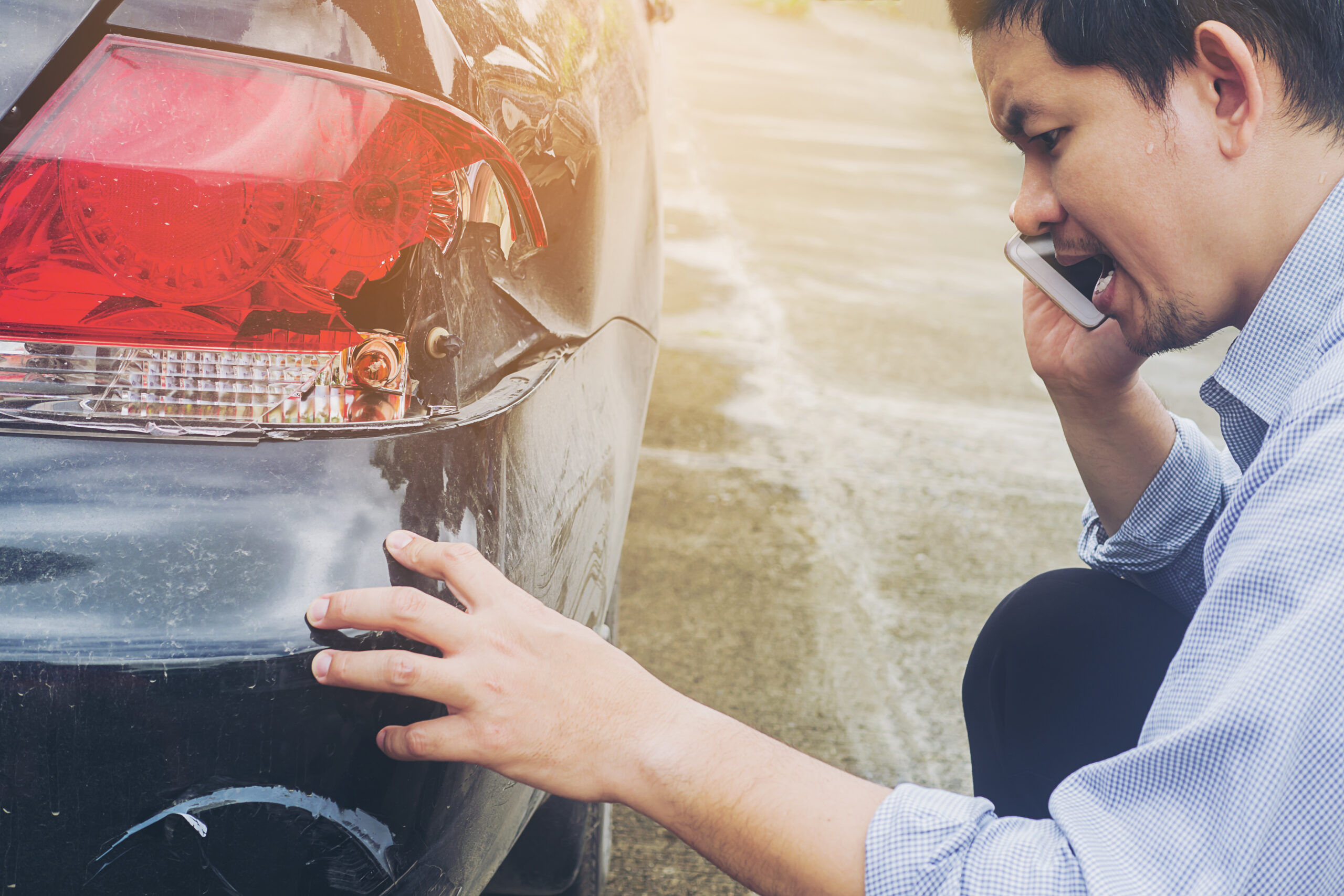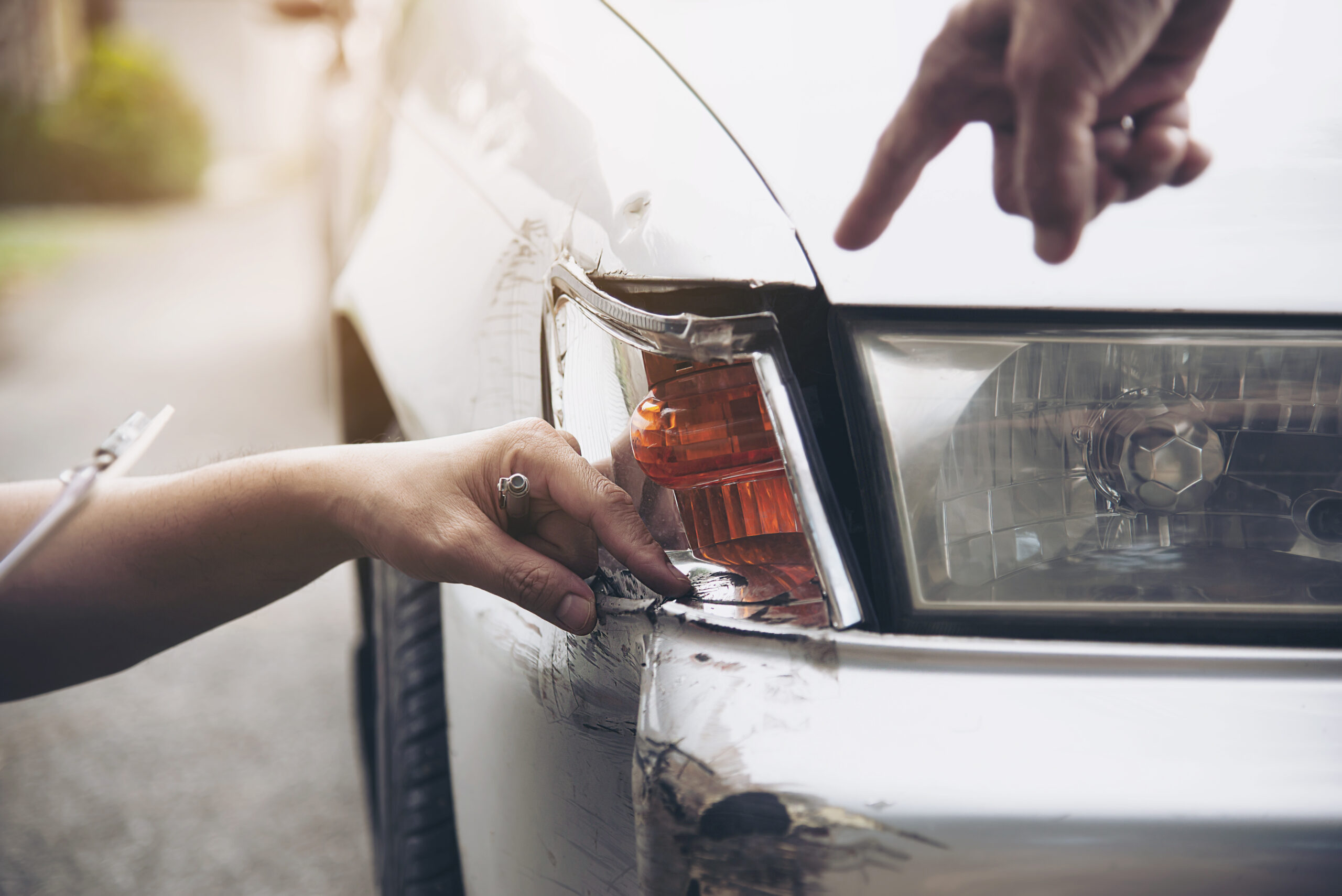The state of California is not a no-fault State, which means that it is an at-fault state. These laws are the ones that make it difficult for a driver to be sued for a no-fault accident by another passenger or the injured party. The purpose of establishing no-fault laws is to eliminate which party will be held responsible for a car accident in California. The insurance company will pay a settlement amount or compensation to any accident victims who file a car accident claim, based on the degree of their injuries and damages suffered by them.

When no-fault laws are established, it often removes the entire litigation process. This means that the driver can concentrate on recovering from injuries and repairing their car in most cases without the worry of being sued for a no-fault accident. What happens is that the insurance company pays for the losses, and everyone goes their separate ways. As it may happen with any personal injury lawsuit, some exceptional situations might allow the victim to sue another party for a car accident in a no-fault state.
If you wish to know more about a car accident claim and how it proceeds within a no-fault State, contact Sarraf Law Firm directly.
No-fault or at-fault?
Whether you live in a state where you are in short lines is governed by no-fault or at-fault laws, it may play a massive part in how the aftermath of a car accident is handled. Want to know the difference?
The no-fault laws require all drivers to carry personal injury protection insurance, which provides them with easy access to health insurance if they suffer injuries in a car accident. The no-fault accident laws are more than a bit contested. This is mainly perceived as redundant and expensive because most drivers already have a health insurance policy. Irrespective of whether you think it to be right or wrong, you have to adhere to them if you reside in a State that follows them. If you have been in a no-fault accident, you would probably want to know the details and whether your car accident claim will go up.

California being an at-fault state for car insurance means that the driver found responsible for the accident will be liable for their share of the costs, including injuries and damages suffered by the other party.
How does fault work in California?
California not being a no-fault state for auto insurance means that fault has to be assessed in the car accident claim process. If you have encountered a car accident in California and have a comprehensive policy, your policy would still pay for the damage to your car after an accident. The claim procedure is generally fast as the fault is determined using factors like police reports, medical reports, and witness statements that are immediately issued after an accident.

The insurance company may conduct a deeper investigation as and when required. Even if California is not a no-fault state, an injured driver can still find a car accident claim to the other driver’s insurance. Moving forward, even if the claim is paid, it does not end there. California drivers may still retain their right to sue for additional damages or file a personal injury lawsuit.
The final word
In an at-fault state like California, the insurance company has to pay for the damages sustained to the injured party according to the degree of fault. The victim can file a personal injury lawsuit or pursue a car accident claim to receive the compensation they deserve. However, it is essential to consult an experienced attorney.
For more information on receiving compensation after a car accident in California, contact Sarraf Law Firm for a free consultation.






